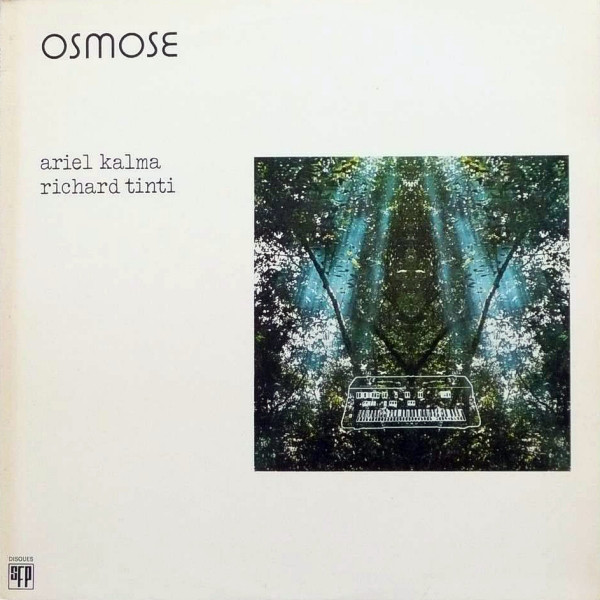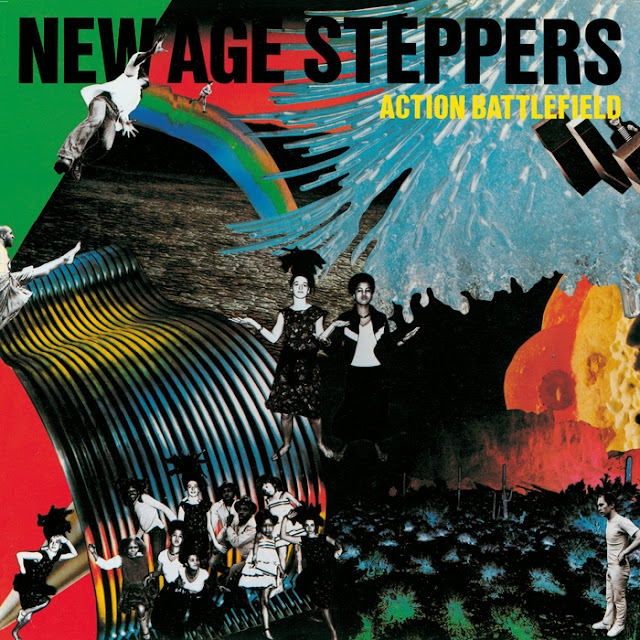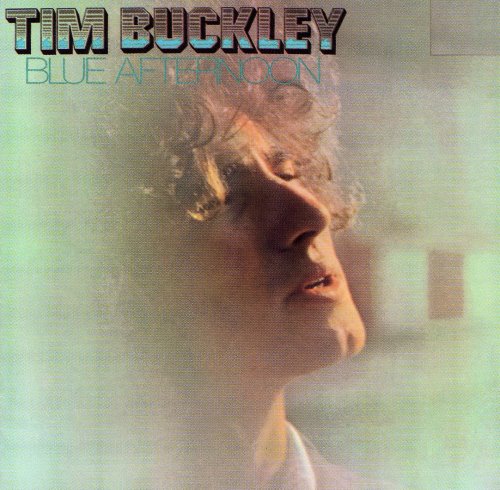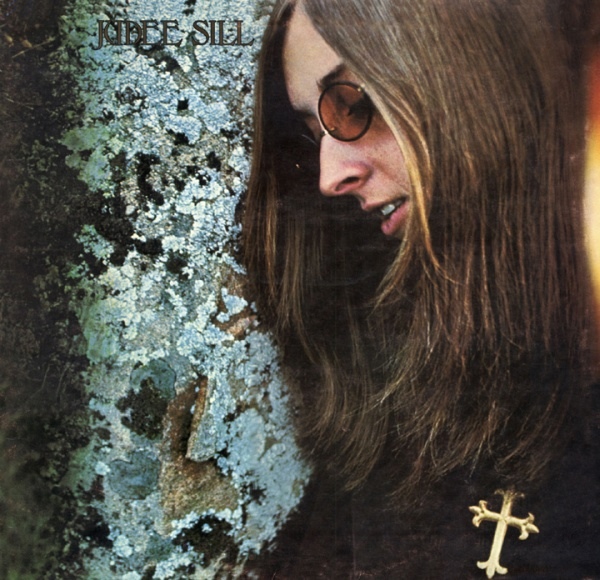
From the liner notes:
“When forest and music meet.
Richard Tinti travelled to Borneo and recorded the sound of the forest. When Ariel Kalma listened to it, he could hear his melodies sung by the birds, even sometimes in the very keys he uses… Natural harmony and inspiration seems to flow from the same spring. Thus began the studio work: to tune, record, mix the different element together; to the animals and atmosphere of the jungle, answered generators, flutes, saxophones, bird-calls, synthesizers, organs. Some surprises also occurred, like this fly coming down to the mic at the end of “Planet-Air” …
Mixed at the Groupe of Research in Music (GRM), a department of French National Audiovisual Institute (INA).”
Deep, densely psychedelic synth experiments. At times it’s difficult to distinguish between insects and electronics, and difficult to tell whether the natural cadence of bird song has been looped to sync with synthetic rhythms or vice versa. Big harmonium, reverb-soaked flute, circular breathing saxophone, long delays, drum machines, flanged keyboards, and plenty of synth, alongside birds, forest sounds, and war drums. Mostly voiceless, with the exception of the stark and heavy “Osmose Chant.” Clever play with space and distance, with the music sometimes pulling back into the distance in a way that allows room tone (or even unintended noises, such as the aforementioned fly on the mic, which makes several appearances) to become a kind of third musical actor. The whole thing feels like a very well-executed joke about what “ambient music” is. Try it with good speakers, if you can.
Tracks 1-6 originally comprised Disc A of the 1978 double LP split with Ariel Kalma and Richard Tinti, with the second disc comprised of Tinti’s tracks (if anyone has these and would be willing to share, I’d love to hear them). Disc A was later rereleased in 2006 with two additional unreleased tracks that were recorded at the same time, credited as just to Ariel Kalma. While it’s just these Disc A tracks that I’m sharing today, given that these were made in collaboration with Tinti and with the aid of his field recordings (recorded on a Nagra recorder), I’m using the original credits. (I’m particularly fond of the closing unreleased track, “Orguitar Soir,” which is one of the more mellow moments in the collection: just gentle guitar plucking and a keyboard drone tucked into forest sounds.)







